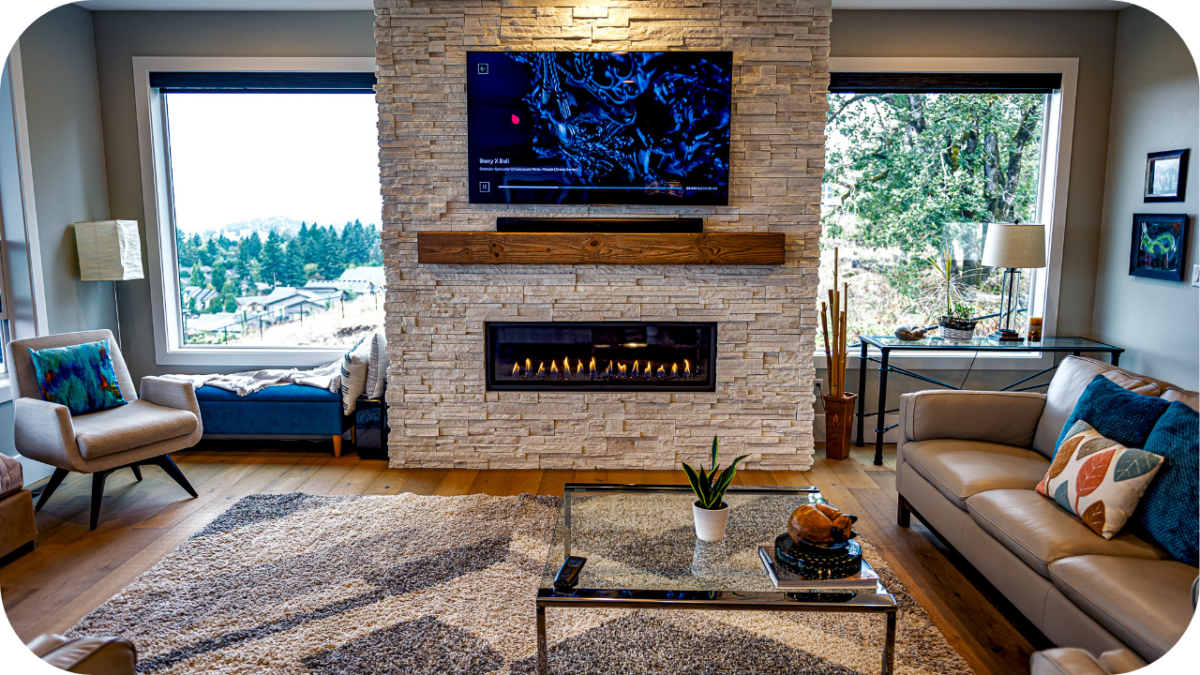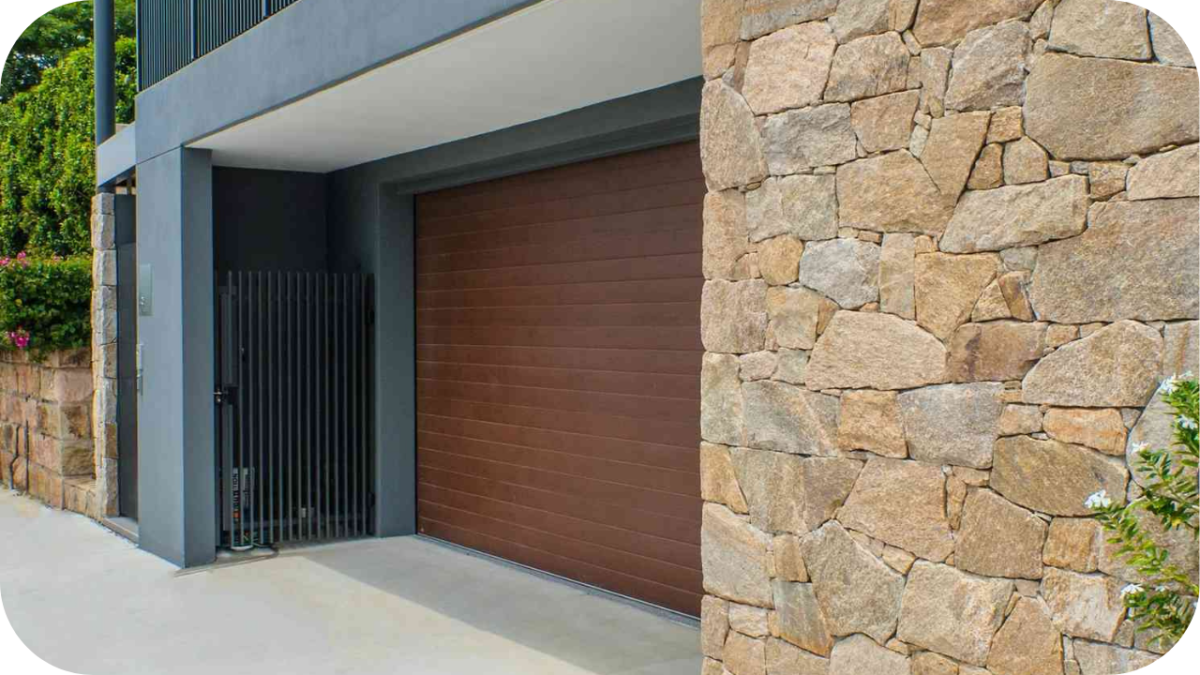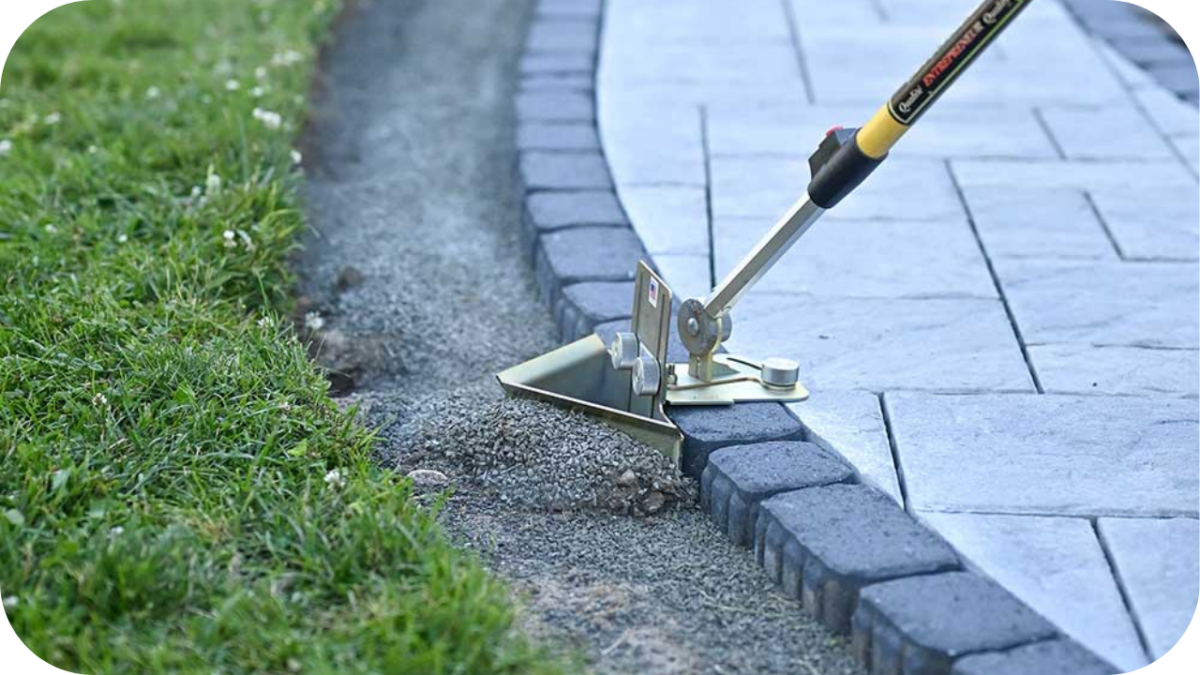Splendour in Stone Cladding for Fireplaces: Popular Looks for 2025
Stone cladding for fireplaces is becoming a popular choice in modern homes, combining both style and practicality.
At Splendour in Stone, we provide a range of high-quality stone options that enhance the look and durability of your living space. Whether you’re aiming for a sleek contemporary feel or a timeless rustic design, our selection suits various preferences.
This article highlights the top stone looks for fireplaces in 2025, offering design ideas and expert advice to help you choose the perfect stone for your home.
Why Stone Cladding for Fireplaces is a Timeless Choice
Stone cladding offers both aesthetic appeal and practical benefits for fireplaces. Here’s why it’s an ideal choice to enhance your living space.
1. Adds Timeless Aesthetic Appeal
Stone cladding brings a natural, elegant look to your fireplace. Whether modern or traditional, its texture and colour variations create a visually striking feature, adding depth and charm that lasts for years.
2. Offers Durability and Heat Resistance
Stone is naturally heat-resistant, making it ideal for fireplaces. It withstands high temperatures without degrading, ensuring longevity and safety. Its resilience also makes it suitable for both indoor and outdoor fireplace installations.
3. Low Maintenance and Easy to Clean
Stone cladding is easy to maintain, requiring only periodic cleaning and sealing. Unlike other materials, it resists stains, wear, and damage, ensuring that your fireplace looks pristine with minimal upkeep.
4. Increases Property Value
Stone cladding elevates the overall look of your home, adding a high-end, luxurious touch. This can increase your property value by boosting its curb appeal, making it more attractive to potential buyers.
5. Versatility for Various Design Styles
Stone cladding complements a wide range of design styles, from contemporary to rustic. It works well with timber, metal, or glass, allowing you to create a personalised and cohesive look that suits your home’s architecture.
Top Stone Cladding Looks for Fireplaces in 2025
The right stone cladding can transform your fireplace, adding style and sophistication. Here are the top looks for 2025 that will make your fireplace a standout feature in your home.
1. Minimalist Stone Feature Walls
Minimalist designs create a sleek, clean aesthetic with neutral tones. These designs provide a calm, contemporary feel, offering timeless appeal and lasting durability for a refined fireplace feature.
2. Double-Sided Fireplaces for Open-Plan Living
Double-sided fireplaces with stone cladding add warmth and elegance to open-plan living spaces. This design creates a striking visual feature, dividing and connecting spaces in a functional and stylish way.
3. Contrasting Hearth Surrounds
Contrasting hearth surrounds create a dramatic effect, balancing bold statement pieces with more subtle finishes. This combination enhances your fireplace’s visual impact, making it the focal point of the room.
4. Rustic Stacked-Stone Looks
Stacked-stone designs are making a comeback for 2025. With their rugged, earthy appeal, these designs bring rustic charm to any home, especially in country, Mediterranean, or natural-style settings.
5. Integrated with Built-In Shelving or Wall-Mounted TVs
Combining stone cladding with built-in shelving or wall-mounted TVs creates a seamless, modern look. This design integrates function and style, providing both aesthetic appeal and practical storage or viewing space.
Best Natural Stones for Fireplace Cladding
Choosing the right stone for your fireplace cladding is essential for both style and functionality. Here are the best stone options available at Splendour in Stone, to consider for your next project.
1. Granite
Granite is durable and heat-resistant, making it an ideal choice for fireplace cladding. Varieties such as Buffalo and Hotham Granite offer sleek finishes, adding sophistication and longevity to your fireplace.
2. Limestone
Limestone’s soft, neutral tones and refined texture create a timeless aesthetic. Varieties like Jamieson, Beloka, and Barwon Limestone provide versatile finishes that complement both modern and traditional fireplace designs while ensuring durability.
3. Sandstone
Sandstone’s earthy tones and natural texture add warmth to any fireplace. Varieties such as Roman, Charlotte, and Stirling Sandstone give a rustic, organic feel, perfect for Mediterranean or country-inspired designs.
4. Quartz
Quartz is known for its sleek finish and excellent durability. Varieties like Shoreham, Minas, and Blue Ridge Quartz offer contemporary appeal, providing elegant colours and strong performance for modern fireplace designs.
5. Travertine
Travertine’s unique texture and warm tones bring luxury to your fireplace. Varieties like Silver and Classic Travertine offer timeless beauty, making them ideal for Mediterranean or rustic-inspired fireplace designs.
Popular Stone Finishes for Fireplaces
The finish of your stone cladding plays a significant role in the overall appearance of your fireplace. Here are some popular finishes for fireplace cladding to consider for your project.
1. Split-Faced Finish
A split-faced finish provides a raw, textured appearance that adds depth and character. This finish is ideal for feature walls, creating a striking contrast and a natural, rustic aesthetic that complements various interior styles.
2. Honed Finish
A honed finish offers a smooth, matte surface, perfect for modern, minimalist designs. It provides a refined, sleek look while maintaining a subtle texture that enhances the stone’s natural beauty without overwhelming the space.
3. Tumbled Finish
The tumbled finish creates a time-worn, rustic look with soft edges and a weathered texture. This finish adds charm and character to your fireplace, making it a great choice for a relaxed, earthy style.
4. Sawn or Cut-Faced Finish
A sawn or cut-faced finish offers precise, linear edges that give the stone a contemporary, clean appearance. This finish is ideal for modern designs, offering a sleek, sharp look that complements minimalist or industrial interiors.
How to Choose the Right Stone for Your Fireplace
Choosing the right stone for your fireplace is essential for both aesthetics and functionality. Here are key factors to consider when making your selection.
1. Consider Your Home’s Overall Design
Choose a stone that complements your home’s architectural style. For modern homes, sleek stones like Quartz or Granite work well, while Travertine and Limestone suit more traditional or rustic designs.
2. Evaluate Heat Resistance
Ensure the stone can withstand high temperatures. Granite and Quartz are excellent heat-resistant options, making them perfect for areas exposed to heat, while Limestone may need additional protection in high-heat areas.
3. Consider Maintenance Requirements
Some stones require more maintenance than others. Travertine and Sandstone may need regular sealing, while Granite and Quartz are low-maintenance, requiring only periodic cleaning to retain their natural beauty and durability.
4. Think About Colour and Texture
The colour and texture of the stone should complement your room’s decor. Choose neutral tones like Limestone or Travertine for a timeless look, or opt for Quartz or Granite to add bold, dramatic contrasts.
5. Assess Durability and Longevity
Select a stone with long-lasting durability that can withstand wear over time. Stones like Granite and Quartz offer exceptional resilience, ensuring that your fireplace remains beautiful and functional for years with minimal wear.
Maintenance and Care for Fireplace Stone Cladding
Regular maintenance ensures the durability and beauty of your stone-clad fireplace. Here are some essential tips for keeping your stone in top condition.
- Clean Regularly: Use a soft brush and pH-neutral cleaner to remove dust and dirt. This prevents buildup and maintains the stone’s appearance without damaging the surface.
- Reapply Sealer: Apply a high-quality sealer every 1-2 years. This helps protect against moisture, stains, and dirt, especially on porous stones like Travertine and Limestone.
- Remove Stains Promptly: Address stains immediately to prevent setting. Use a stone-safe cleaner to treat oil, mildew, or soot stains, preserving the stone’s surface.
- Inspect for Damage: Regularly check for cracks or chips in the cladding. Promptly repair any damage to prevent further deterioration, maintaining both the stone’s beauty and functionality.
- Avoid Harsh Chemicals: Avoid harsh cleaners that can damage the stone. Use gentle cleaning products specifically designed for stone to maintain the finish and protect the material.
- Protect from Excessive Heat: While stone is heat-resistant, excessive or direct heat can cause damage over time. Install heat barriers where necessary to prevent long-term damage.
Conclusion
Stone wall cladding elevates your fireplace with timeless style, durability, and minimal maintenance. Whether you choose Travertine, Granite, or Limestone, the right stone can enhance your living space.
Contact Splendour in Stone for expert advice, premium stone samples, and assistance with your fireplace cladding project, ensuring a stunning and lasting addition to your home.





